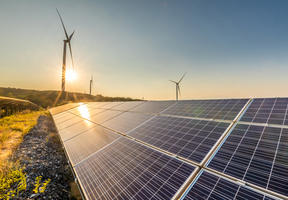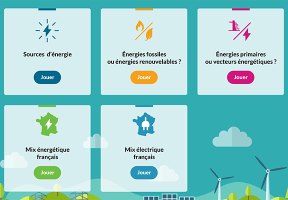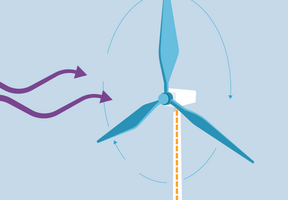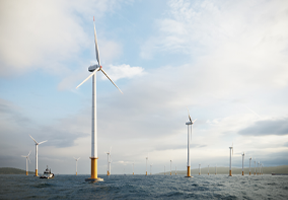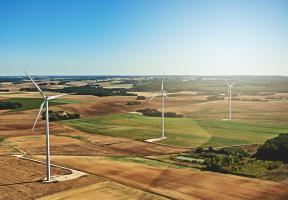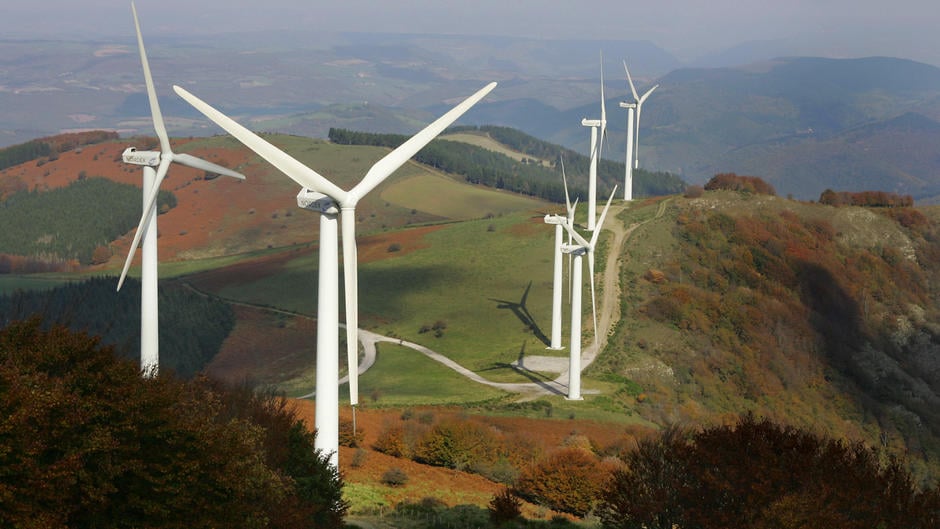
1. Wind turbines have become part of the landscape
Whether gigantic farms on the plains or out at sea, a chain of turbines along mountain ridges or small-scale units close to cities, wind turbines have become a familiar part of the scenery in the 21st-century. They are the visible symbol — too visible for some — of . In 2022, wind accounted for around 7% of global production (Source : AIE, 2023).
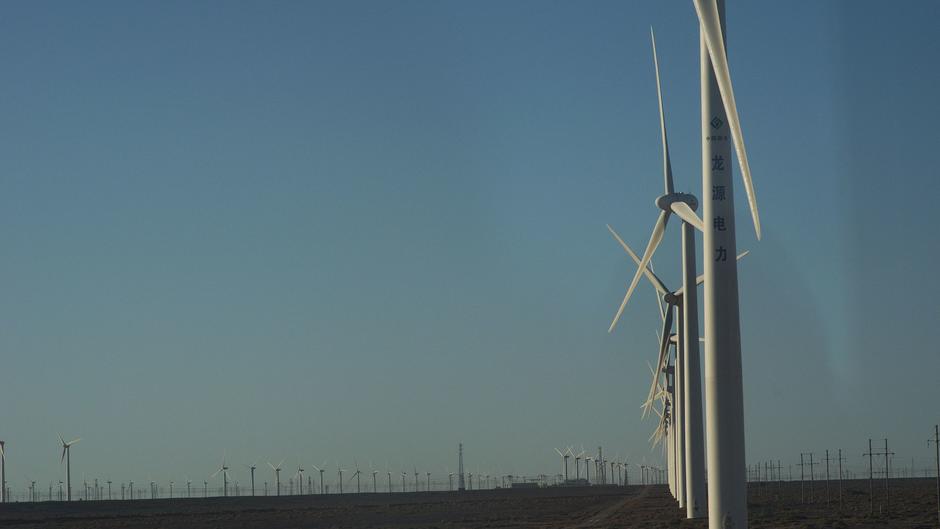
2. In China, wind farms stretch as far as the eye can see
China continues to develop its wind farms, accounting for more than half of all installations by 2021 and just over 40% of the world's total capacity (Source GWEC). It operates the world's largest wind farm, the Gansu project, with an of almost 8 gigawatts (almost as much as three nuclear reactors). The project is located in the north-west of the country, near the city of Jiuquan. Eventually, the park will have a total capacity of 20 gigawatts.
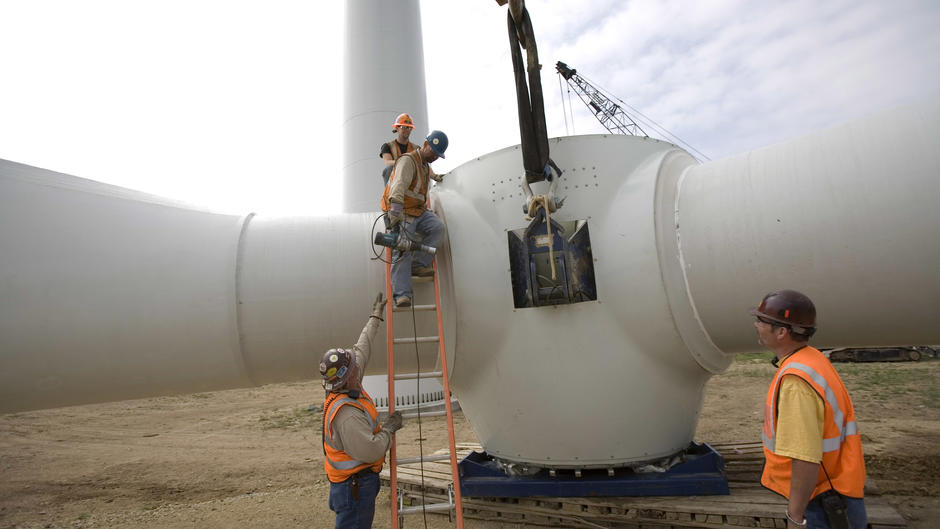
3. Texas doesn’t just have oil !
With 134 gigawatts of installed capacity (out of a total of 837 gigawatts) by 2021, the USA is the world's second-largest wind power producer. The US state of Texas leads the way, supplying over 25% of the wind power generated in the country. Major wind farms include Roscoe, Horse Hollow and Capricorn Ridge. In the photo, technicians prepare to raise the blades of a wind turbine at Capricorn Ridge, near Abilene.

4. Palm Springs is powered by 4,000 wind turbines
As the American laboratory for renewable energies, California has an installed wind power capacity of nearly 6 gigawatts (compared with 37 gigawatts in Texas). Near Palm Springs, the San Gorgonio Pass wind farm boasts impressive rows of turbines. They are less than 100 metres high (giant turbines are over 200 metres), but there are several hundred of them.
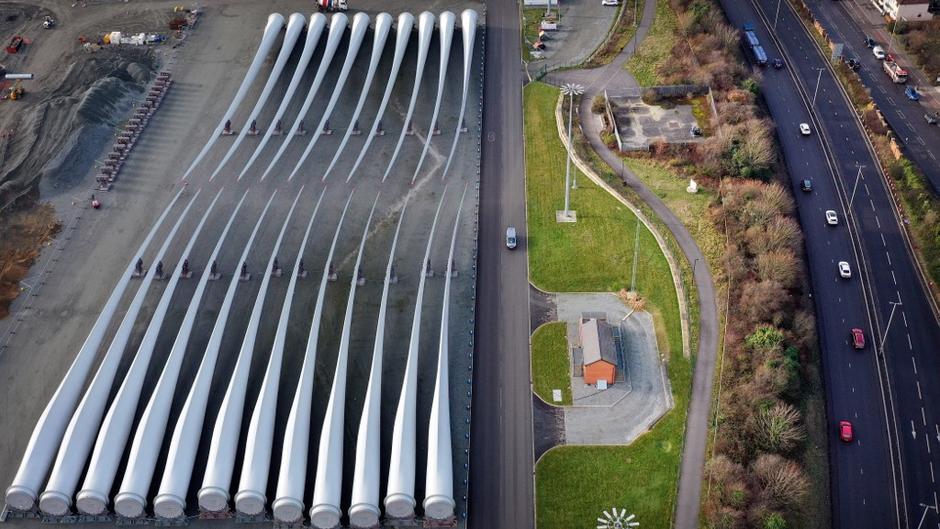
5. Germany, the European leader in wind power
Germany leads Europe in installed capacity, with almost 30% of total European capacity (64 gigawatts) by 2021. The second-largest European country in terms of installed capacity is the UK, with around 27 gigawatts, almost half of which are wind farms. One of the world's leading wind turbine manufacturers is German: Siemens Gamesa Renewable Energy, a subsidiary of the Siemens Group.
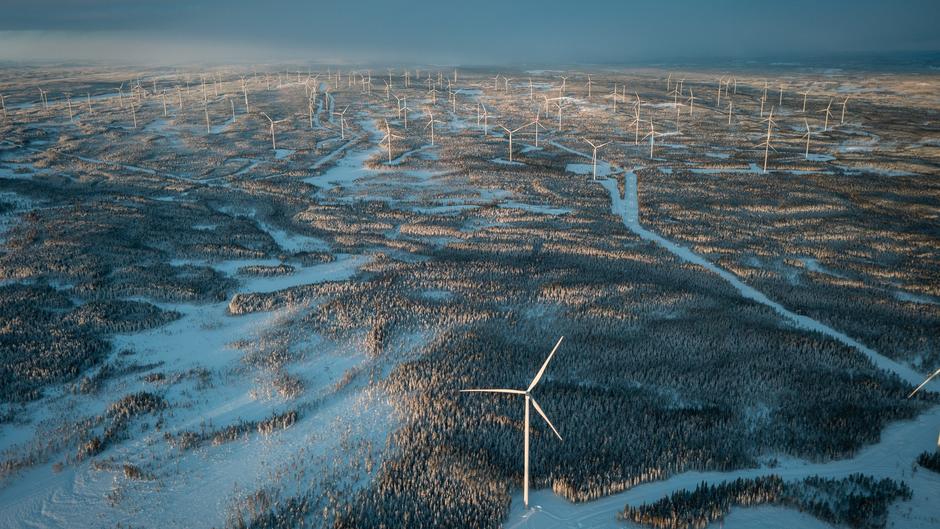
6. The Markbygden 1101 wind farm in Sweden
Europe's largest wind farm is located in...Lapland in northern Sweden, on the edge of the Arctic Circle. When completed, it will have a maximum capacity of 4GW, thanks to its 1101 wind turbines. The project, known as "Markbygden 1101", will supply 8% of Sweden's electricity.
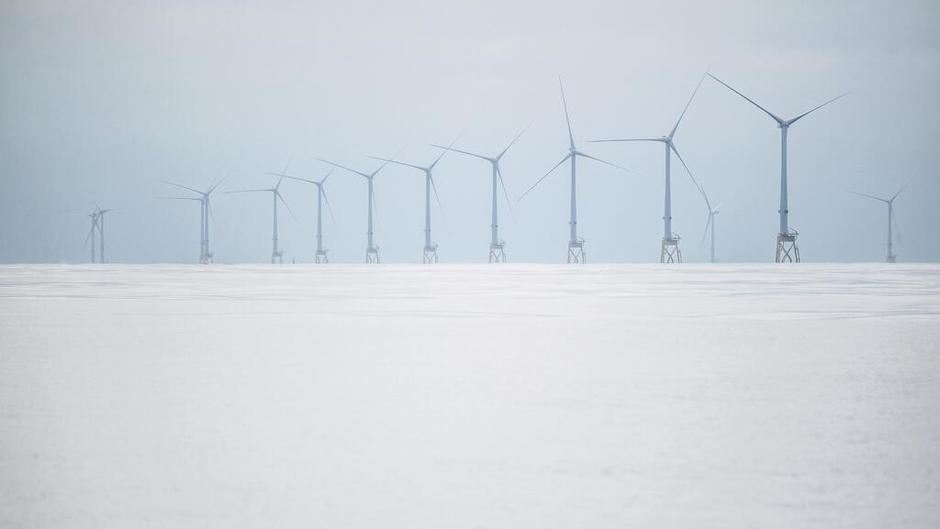
7. Scotland, a major player in wind power
Since 2010, Scotland has been building numerous offshore wind farms. In 2022, it inaugurated its largest wind farm, Seagreen, located 27km off the town of Arbroath on the Angus coast. Comprising 114 wind turbines, the farm has a maximum production capacity of 1.1 GW.
By 2022, the UK will have become the 3rd European country in terms of wind power generation capacity, with 29GW installed, ahead of France (21GW) and behind Germany (66GW) and Spain (30GW). Thanks to its massive investment in offshore wind power, the UK is set to continue growing by leaps and bounds.
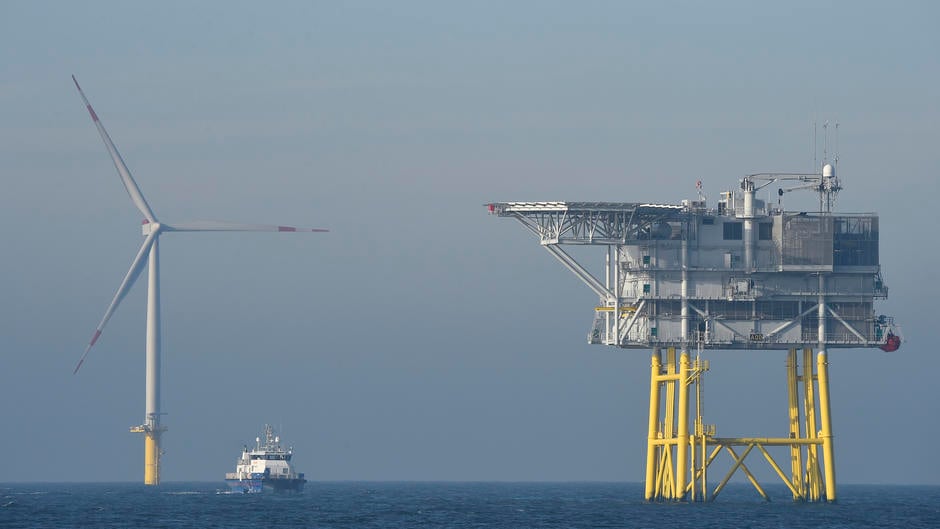
8. Europe, at the forefront of the offshore wind power segment
Europe is very active in the development of offshore . The development of offshore wind farms should enable European countries to achieve their stated " " ambitions. The UK is the leader in terms of installed offshore capacity (22 GW by 2022), followed by Germany (8 GW by 2022). France, for its part, has launched numerous tenders, and its first offshore wind farm (0.5 GW), built off Saint-Nazaire, will be operational by 2022. The photo shows a wind turbine next to a substation at a wind farm off the German North Sea island of Helgoland.
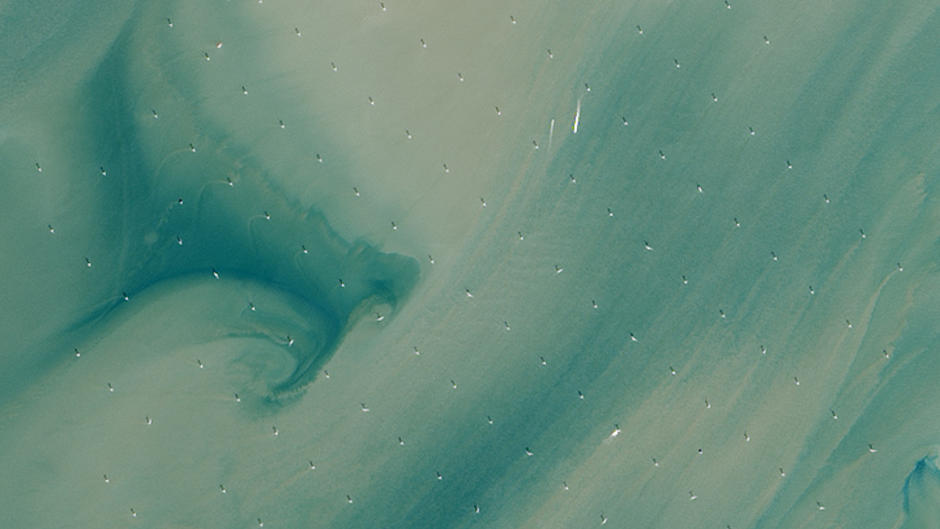
9. An offshore wind farm seen from up above
Installing wind turbines in the ocean, where winds are strong and steady, is the solution that is enjoying the strongest growth today — as can be seen by astronauts! This is a picture of the Thames Estuary taken from space. The tiny white dots set out in rows, with a boat zigzagging between them, are the wind turbines that make up the massive London Array wind farm.
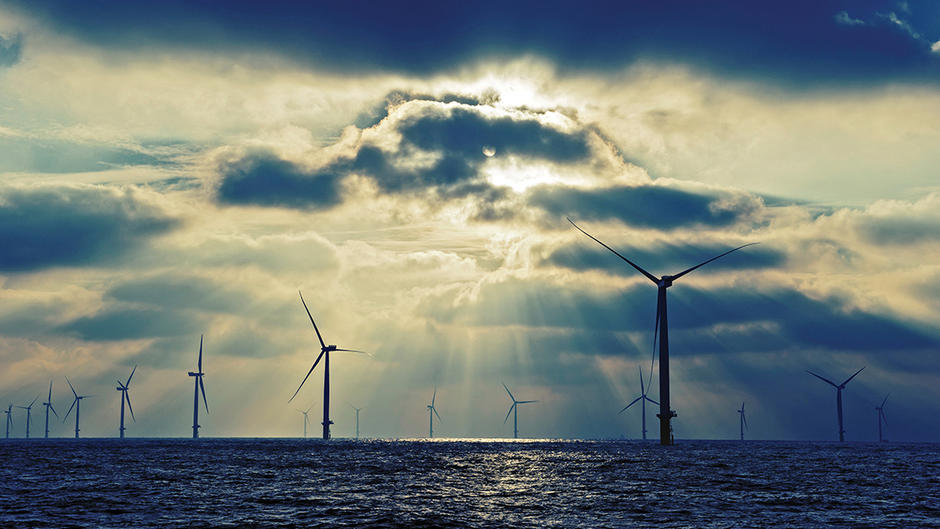
10. The London Array seen from the water’s surface
Back on Earth, this is what the London Array wind farm looks like close up. It comprises 175 wind turbines that stand 87 meters above sea level and are located 650 to 1,000 meters apart over a total area of 240 kilometers. Rated at 630 MW, the London Array generates enough energy to power around 500,000 British homes. From the coast, the wind turbines are just visible to the naked eye.
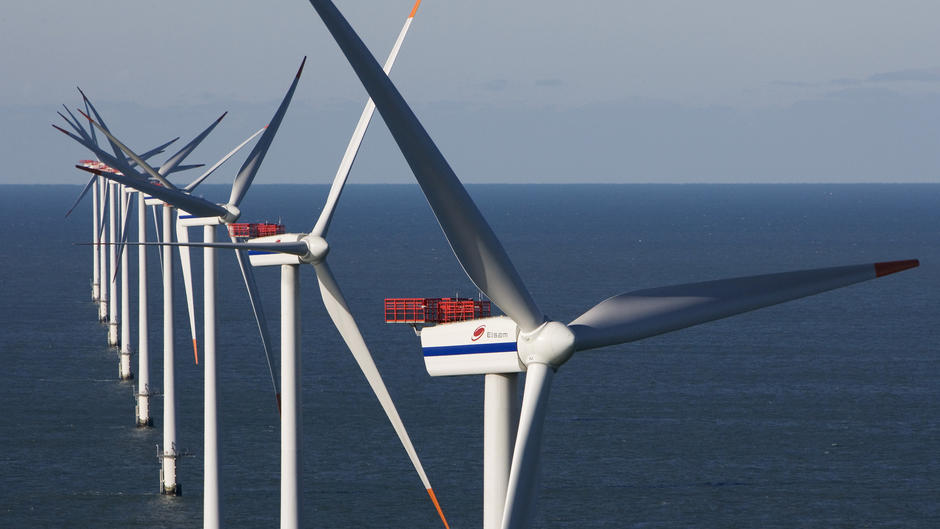
11. Denmark, the trailblazer
Denmark was a pioneer in wind power production, an industry developed in the early 2000s and heavily subsidized by the state. It therefore has significant industrial infrastructure, but struggles to balance its electricity production due to the intermittence of wind power caused by the wind’s irregular nature. By 2022, electricity generated from wind farms accounted for up to 55% of the country's electricity consumption.
Denmark also relies on trade with its German and Scandinavian neighbors. Pictured here are wind turbines at Denmark's Horns Rev wind farm.
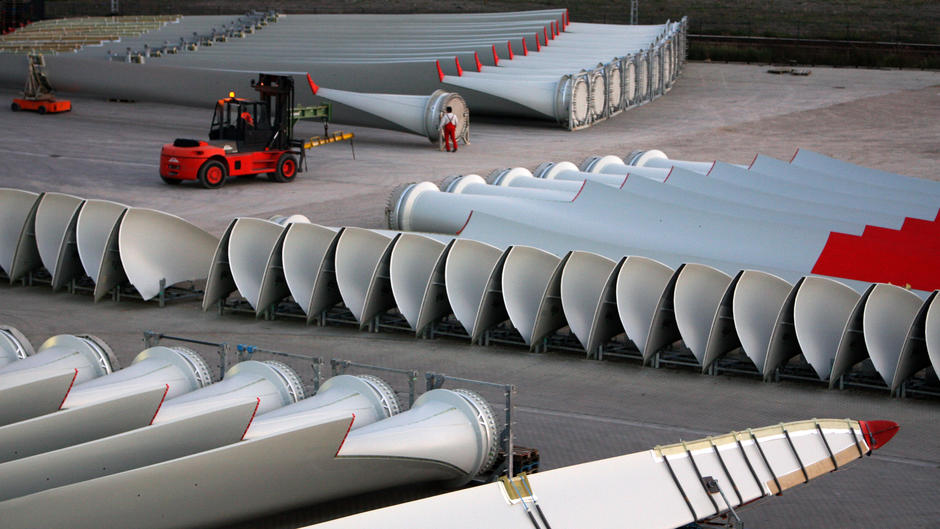
12. The requisite industrial component
All new technologies require strong manufacturing capabilities to ensure their development. While China and the United States dominate in the photovoltaic solar segment, Europe has powerful industrial champions in wind power, such as Vestas (Denmark) and Siemens Gamesa Renewable Energy (SGRE - Germany).
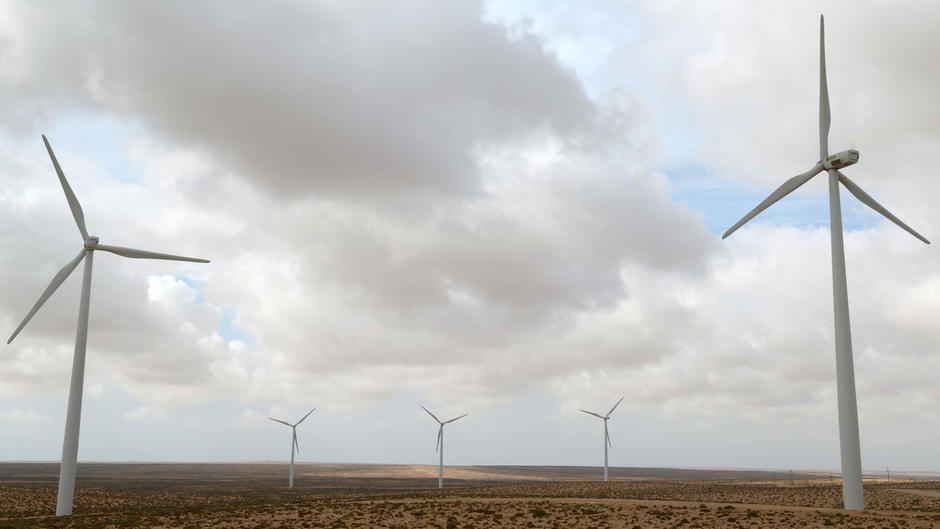
13. A trend that is sweeping the world
Many countries around the world are developing wind power capabilities. With almost 40 gigawatts to be installed by 2021, India has climbed to 4th place worldwide, while Latin America and Mexico also have almost 40 gigawatts installed. Africa and the Middle East have installed 9 gigawatts. In the photo, the Tarfaya wind farm in Morocco, open since 2014, is one of the largest in Africa, with a capacity of over 300 megawatts, enough to cover the needs of the city of Marrakech.
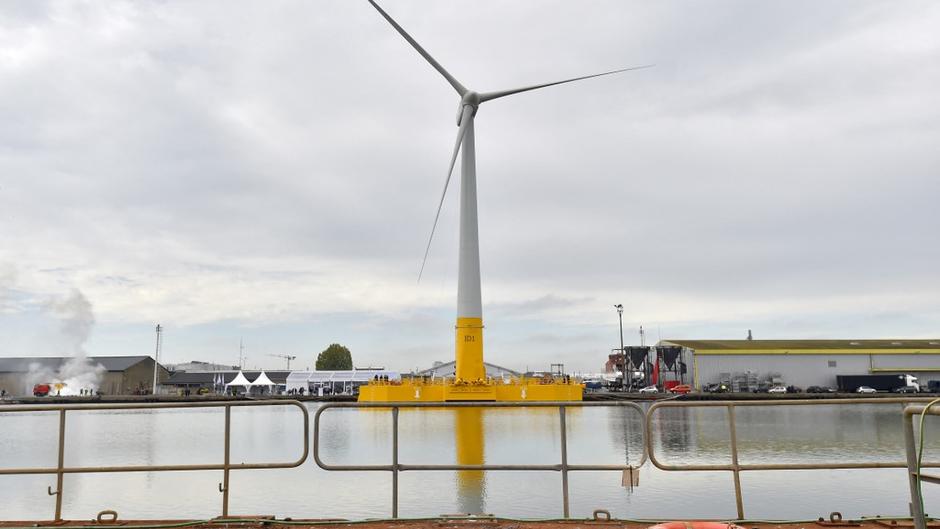
14. The future offshore wind farms with floating wind turbines
To take advantage of new spaces and more stable wind resources, future offshore wind farm developments will feature floating wind turbines with unit production capacities of up to 20 megawatts.
For more than 10 years, a number of manufacturers, supported mainly by European governments, have been developing new concepts, such as Norway's Equinor with its HyWind floating wind turbine, and the oil and gas companies SBM Offshore, BW Ideol and SAIPEM with their Float4Wind, Floatgen and HexaFloat concepts.
France's first floating wind turbine was deployed in 2018 at the SEM-REV test site off Saint-Nazaire.
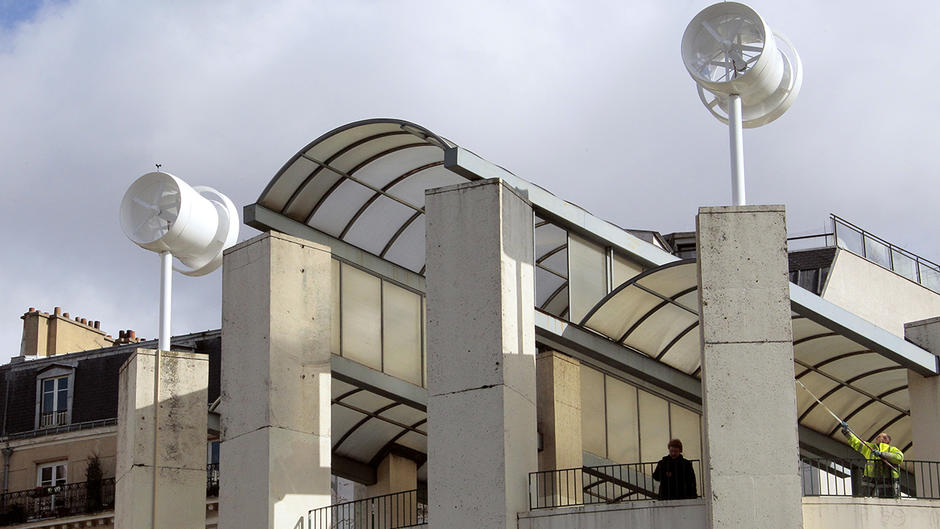
15. Is there a future for micro wind turbines?
Only large wind power facilities are capable of delivering enough capacity to supply power grids with a significant amount of electricity. However, urban planners are counting on micro wind turbines to supplement buildings’ power supply and make them energy self-sufficient. In the photo, the Maison de l’Air in Paris’s 20th arrondissement and its two micro wind turbines.
 This may interest you
This may interest you
See all

